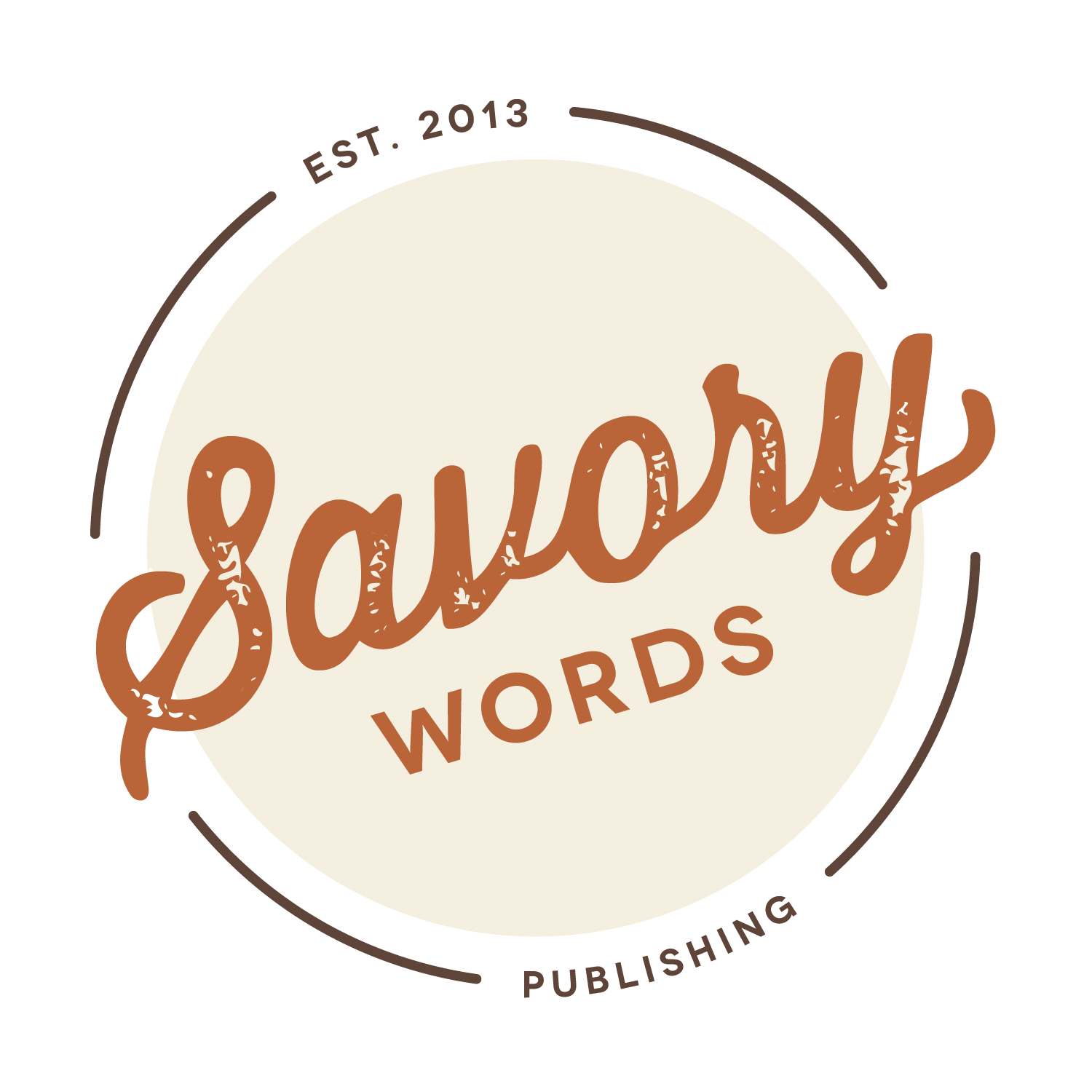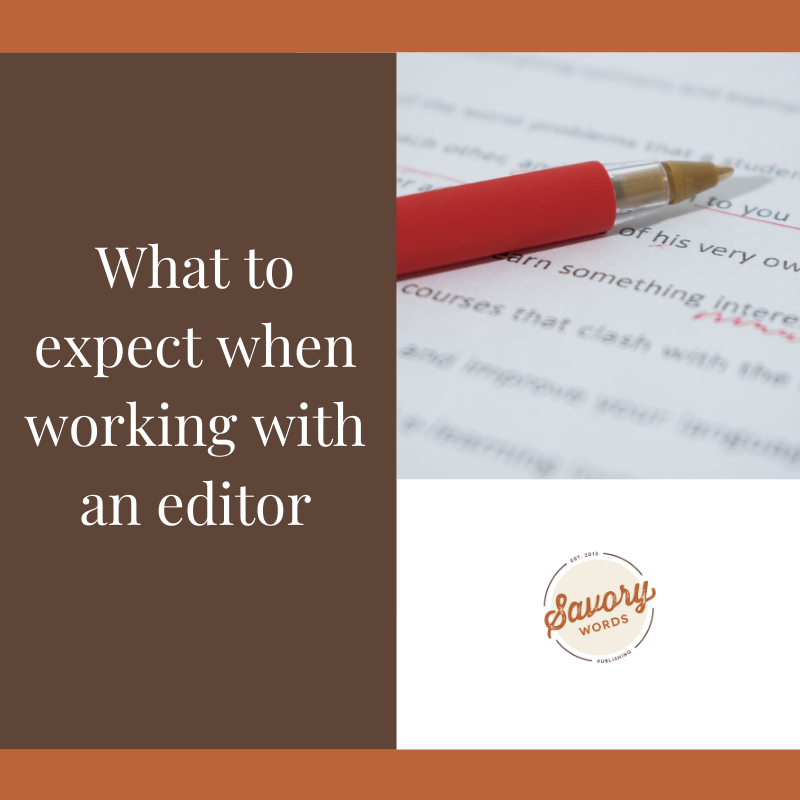What to expect when working with an editor
People are often worried about working with an editor, thinking it’ll be a tortuous process that leads to a bruised ego. But here’s the truth: an editor does not want to destroy you or your work. That’s not fun for you or the editor. Rather, editors have a great deal of respect for your work and expertise and want to see you succeed.
Before you hire an editor, talk with the editor about your needs. Make sure the editor specializes in your genre — someone might be excellent at editing a fiction book but not necessarily a poetry book. Check the editor’s professional experience and training, previous works, and reputation.
A professional editor will ask you several questions, such as who your audience is, what you’re looking for, and what you feel your struggles are.
An editor will also tell you exactly what the editing process involves, and:
Identify what needs to be strengthened or changed in your copy
Edit for grammar, consistency, flow, typos, clarity, and readability
Make suggestions that you may or may not decide to incorporate
Stay in your voice/writing style
Adhere to guidelines if any apply (such as APA, MLA, teacher requirements, publication guidelines, etc.)
Motivate you to continue, and complete, your work
An editor will not do your writing for you, force anything upon you, or tell you only things you want to hear. That’s not helpful for anyone, especially you. However, a good editor will also be tactful when providing critique (not criticism — there’s a difference!), and make you feel fully involved in the process.
Most importantly, never take what the editor says personally. It is easy to take edits or suggestions personally because it’s your writing and your words. If your document comes back with a lot of edits, this does not mean you are a terrible writer, have poor grammar, or aren’t intelligent. Rather, it means the editor cares about making sure your document fits your target audience, goals, and vision—exactly what an editor is supposed to do.
(reprinted from TSW, August 2018)
Video description: Savory Words owner Trudy Suggs sits in front of a beige wall that shows the Savory Words sign. Behind her is a simple wood-and-metal desk, with several Savory Words books held together by typewriter-design bookends, and a lamp. Trudy is wearing a teal green shirt with a gray cardigan over; she has on dangly silver earrings.
Image description: A square with rust bars on top and bottom shows on the left in a brown block, in white text, “What to expect when working with an editor.” On the right in a picture of a red pen atop a typed, double-spaced paper that has marks on it. At bottom right is a white square with the Savory Words logo.

